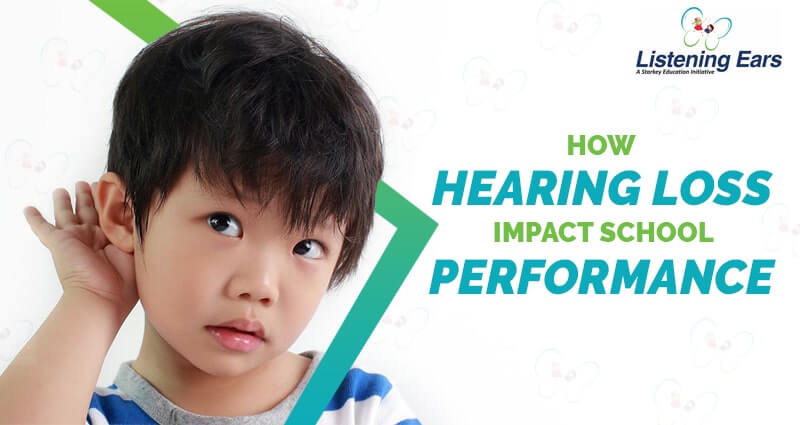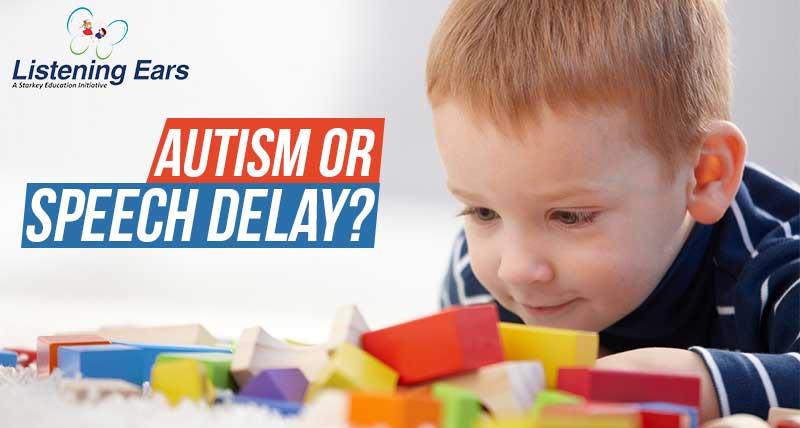How To Identify Hearing Loss in Your Child
YOU ARE A SPECIAL PARENT – YOU ARE A SUPERHERO!
October 25, 2016Effects of Hearing Loss on Development
October 29, 2016It is very important to identify hearing loss in very early ages for the better development of speech and language development, also the academics, reading and writing skills of child should not get hampered.
Early identification of hearing loss leads to early intervention which in turn helps to have better communication and social interaction with the hearing world.
TESTS TO IDENTIFY HEARING LOSS
- AUTOMATED AUDITORY BRAINSTEM EVOKED RESPONSE AUDIOMETRY
- DIAGNOSTIC BERA
- AUDITORY STEADY STATE RESPONSE.
PROCEDURES FOR THE TEST
OAE is a screening test which should be done after the childs’ birth and before leaving the hospital.
If your child fails in OAE screening hearing test, it is recommended to have a hearing screening within 3 weeks of life, because failing in first screening does not mean that your child has a hearing loss, he/ she could fail in first screening because of fluid and debris in ear.
Failing in second screening indicates the need of diagnostic tests. Automated auditory brainstem response audiometry is also a screening test which tests beyond cochlear level.
There are different studies supporting the need of diagnostic testing till 9 months of life.
There were 3.65/1000 children with a permanent hearing impairment of any degree embarking on their education. 1.51/1000 had a moderate or worse bilateral deafness but only 0.9/1000 with this degree of deafness had been identified by newborn screening. Post neonatal care pathways were required to identify those with congenital impairments missed by the screen (0.11/1000), those moving into the district (0.25/1000) and those with late onset deafness (0.25/1000). An additional postneonatal yield of 1.2/1000 had mild or unilateral impairments. When all degrees of impairment were considered 51% of the children with a permanent hearing impairment had required identification by postneonatal care pathways. (P. Watkin&M. Baldwin)
If all infants were screened for hearing loss using the 2-stage OAE/A-ABR newborn hearing screening protocol currently used in many hospitals, then ∼23% of those with PHL at ∼9 months of age would have passed the A-ABR. This happens in part because much of the A-ABR screening equipment in current use was designed to identify infants with moderate or greater hearing loss. Thus, program administrators should be certain that the screening program, equipment, and protocols are designed to identify the type of hearing loss targeted by their program. The results also show the need for continued surveillance of hearing status during childhood. (Jean L. Johnson, Karl R. White, Judith E. Widen, Judith S. Gravel, Michele James, Teresa Kennalley, Antonia B. Maxon, Lynn Spivak, Maureen Sullivan-Mahoney, Betty R. Vohr, YusnitaWeirather, June Holstrum)
So it is very necessary to continue hearing assessments by qualified audiologist till the age of 9 months.



